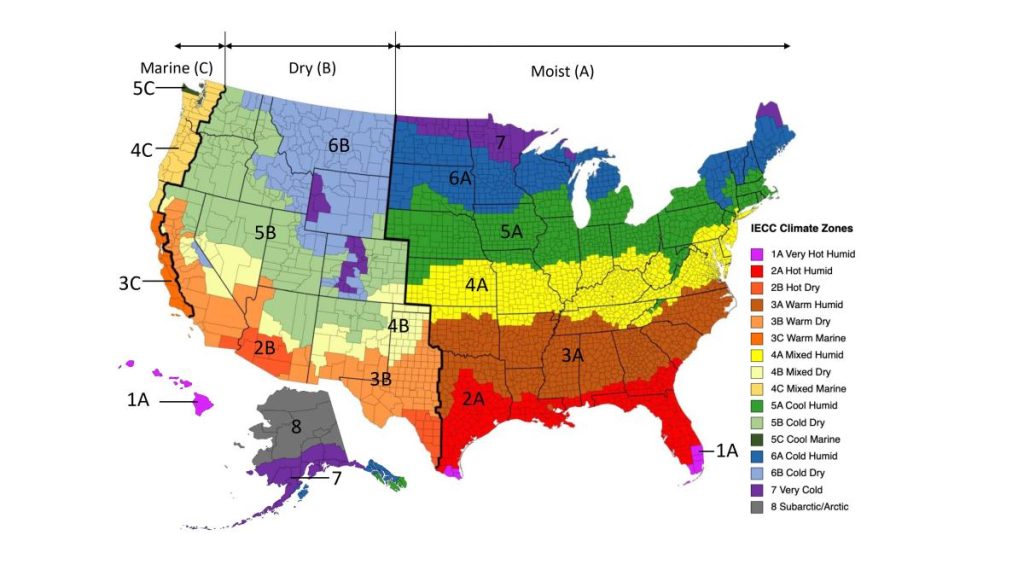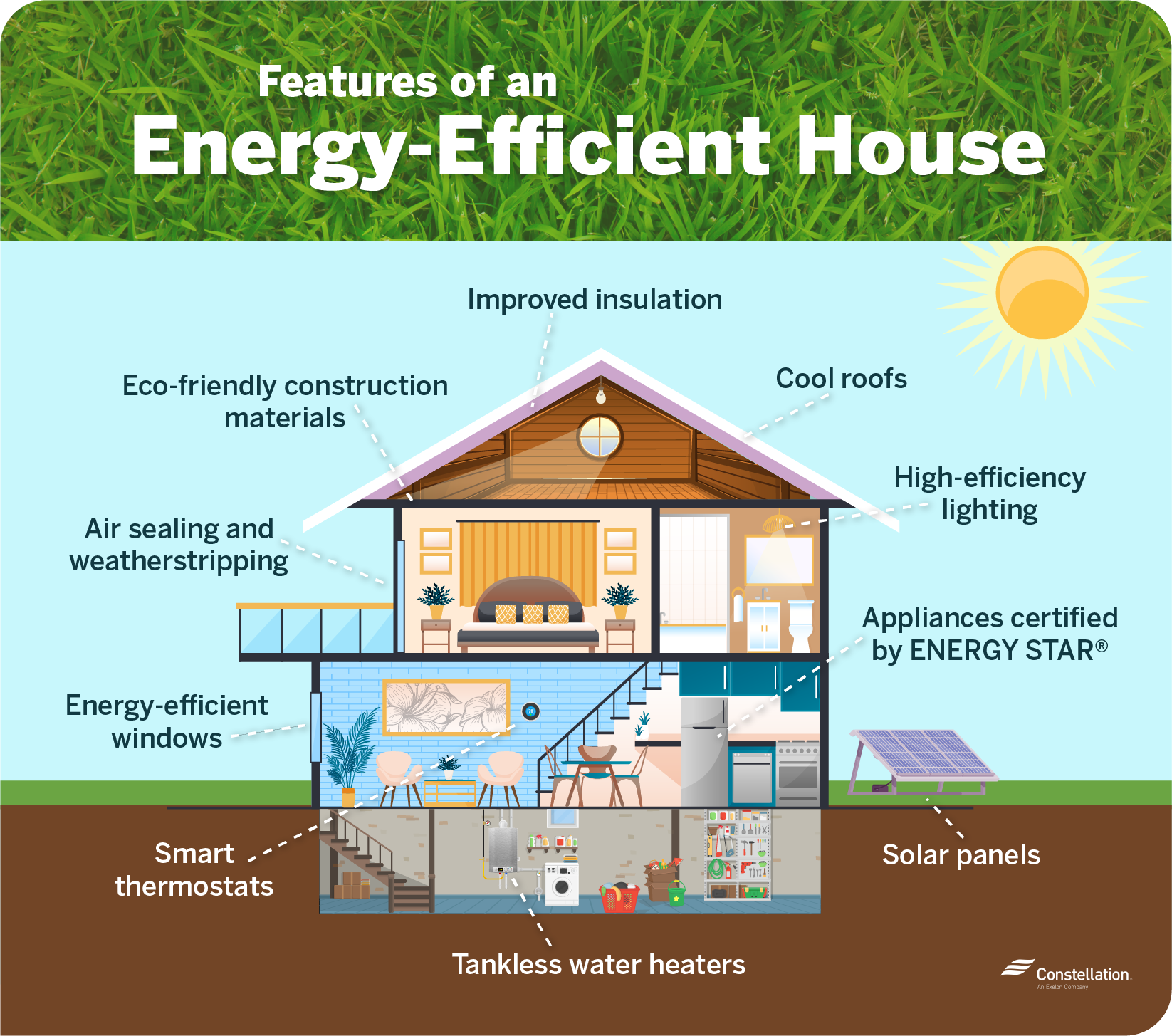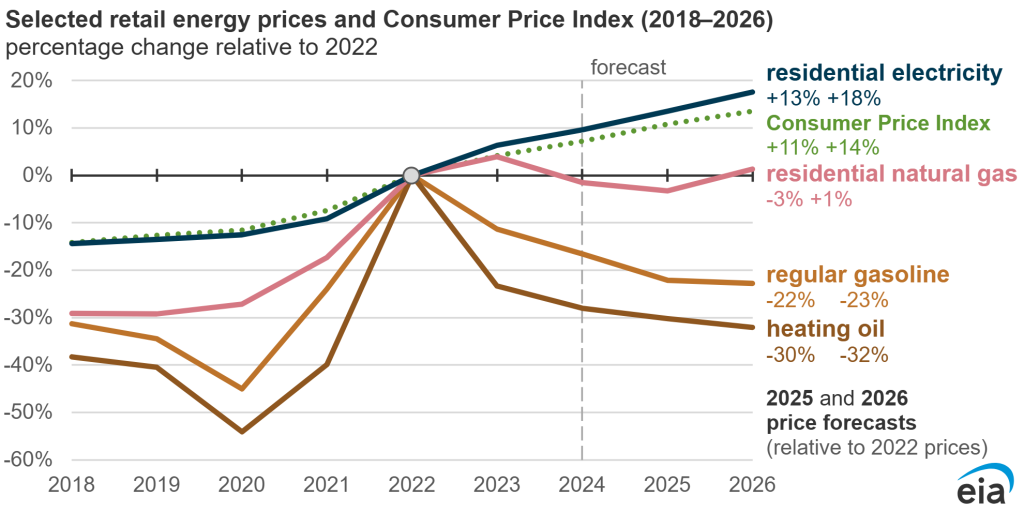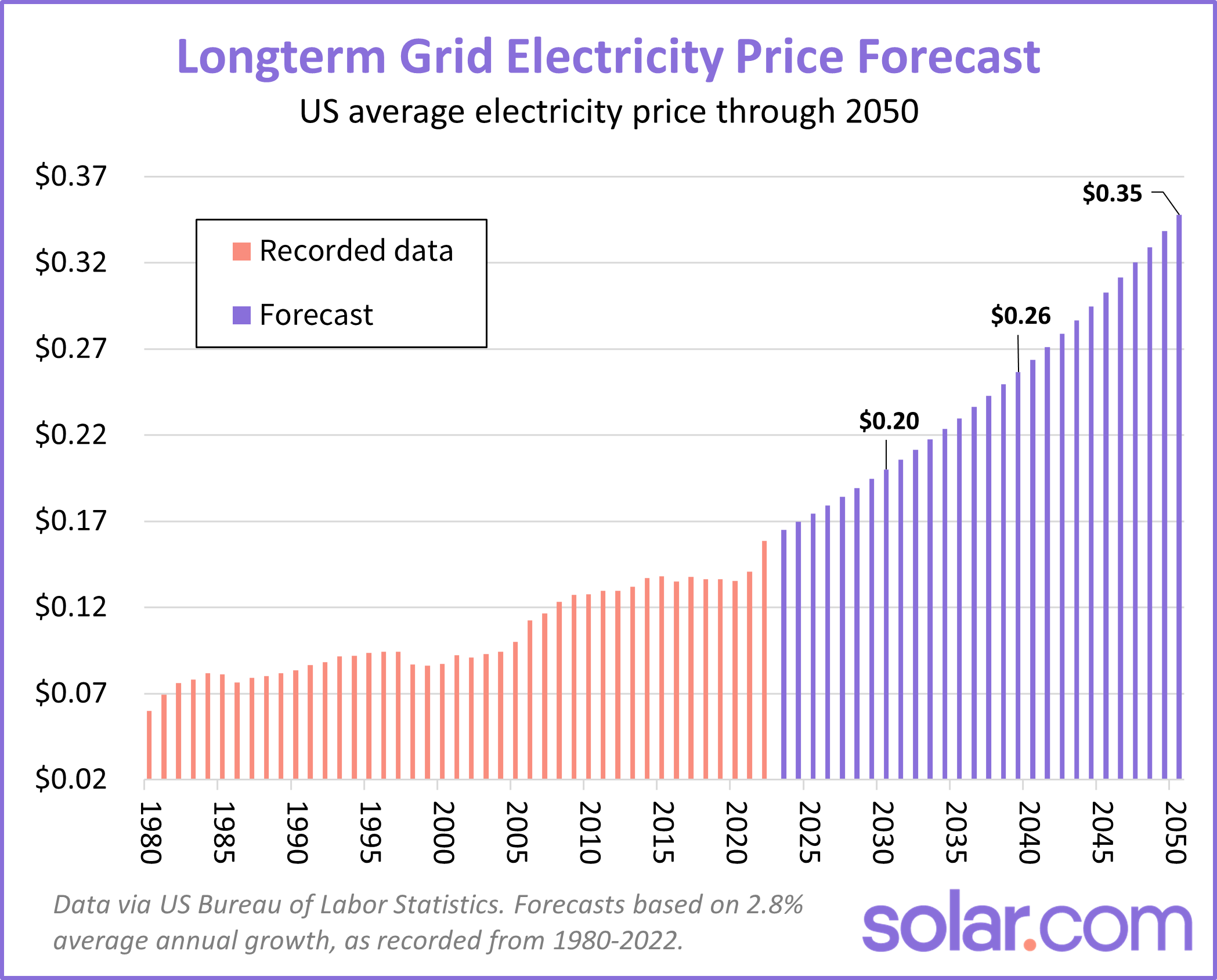06 Nov 2025
When you choose a new home built by Prime Design Homes, you’re not just choosing modern finishes—you’re investing in lower energy bills, greater comfort, and long-term affordability.
With both national efficiency trends and Alabama’s updated residential energy code working in your favor, new construction is the smart move for homeowners who want lasting value.
1. The Code Advantage: New Homes Are Built to Be More Energy-Efficient
1.1 Modern Energy Codes Raise the Bar
New homes today are held to far stricter energy-efficiency standards than older homes ever were.
According to the U.S. Department of Energy (DOE), modern codes “establish minimum energy-efficiency requirements for new construction and renovations—delivering savings year after year.”
These codes improve insulation, air sealing, windows, and HVAC standards—cutting monthly costs while keeping homes more comfortable year-round.
1.2 Alabama’s Residential Energy Code Makes Homes More Affordable
Since October 1, 2016, Alabama has adopted the 2015 International Energy Conservation Code (IECC) for residential buildings, with state amendments.
(Source: energycodes.gov)
What this means for homeowners:
- Higher insulation and air-tightness standards, reducing wasted heating and cooling.
- Energy rating index (ERI) compliance requiring homes to score 70 or lower in Alabama’s climate zones—ensuring real efficiency.
- Lower monthly bills, since homes built to code consume less energy.
- Better comfort and value, making new homes more affordable to live in, not just to buy.
These statewide standards are designed to protect homeowners from high energy costs and to help builders like Prime Design Homes deliver high-performance houses from the start.

1.3 Infographic: New Home vs. Older Home Efficiency

Modern new-construction homes have superior insulation, air sealing, and efficient systems that translate directly into long-term savings.
2. Why Rising Electricity Costs Make Efficiency Even More Valuable
2.1 The Data Center Effect
Electricity demand in the U.S. is rising rapidly, and data-center growth is a major contributor.
According to the U.S. Energy Information Administration (EIA), new data-center construction is surging nationwide—especially across the South.
The DOE reports that data centers already account for 4.4% of total U.S. electricity use, projected to reach as much as 12% by 2028.
That growth is likely to put upward pressure on utility prices—making energy efficiency more valuable than ever.
2.2 Infographic: Data Center Electricity Demand by State

Rapid growth in U.S. data-center electricity use, especially across the Southeast, highlights why managing household energy use will be increasingly important.

2.3 Infographic: Projected U.S. Electricity Price Trends


Experts anticipate continued upward pressure on electricity prices as demand from large users like data centers strains the grid.
3. Prime Design Homes: Built for Today and Tomorrow
At Prime Design Homes, we build smarter from the start. Every home we design is:
- Constructed to meet or exceed state energy-code standards (2015 IECC amended).
- Professionally insulated and air-sealed to deliver year-round comfort.
- Equipped with efficient HVAC and mechanical systems tailored to the home’s envelope.
- Designed to reduce exposure to rising electricity costs—because lower usage means lower bills.
3.1 Infographic: Energy Code Progress Over Time

Energy codes continue to evolve—Prime Design Homes builds to stay ahead of the curve.
4. Summary
- New homes built to Alabama’s modern energy code are more efficient and affordable than older homes.
- Lower utility bills and improved comfort make new-construction homes more affordable to live in.
- Rising data-center demand may increase electricity costs—making efficiency even more valuable.
- Prime Design Homes builds with the future in mind—lower bills, greater comfort, and lasting value.
Let’s Build Smarter
Your home should be as efficient as your lifestyle.
Prime Design Homes delivers high-performance homes that save you money, reduce your footprint, and prepare you for the future of energy.
Contact us today to start designing your energy-smart home!

Sources:
- U.S. Energy Information Administration (EIA)
- U.S. Department of Energy (DOE)
- ConstructConnect Data Center Report
- Alabama Residential Energy Code – energycodes.gov
